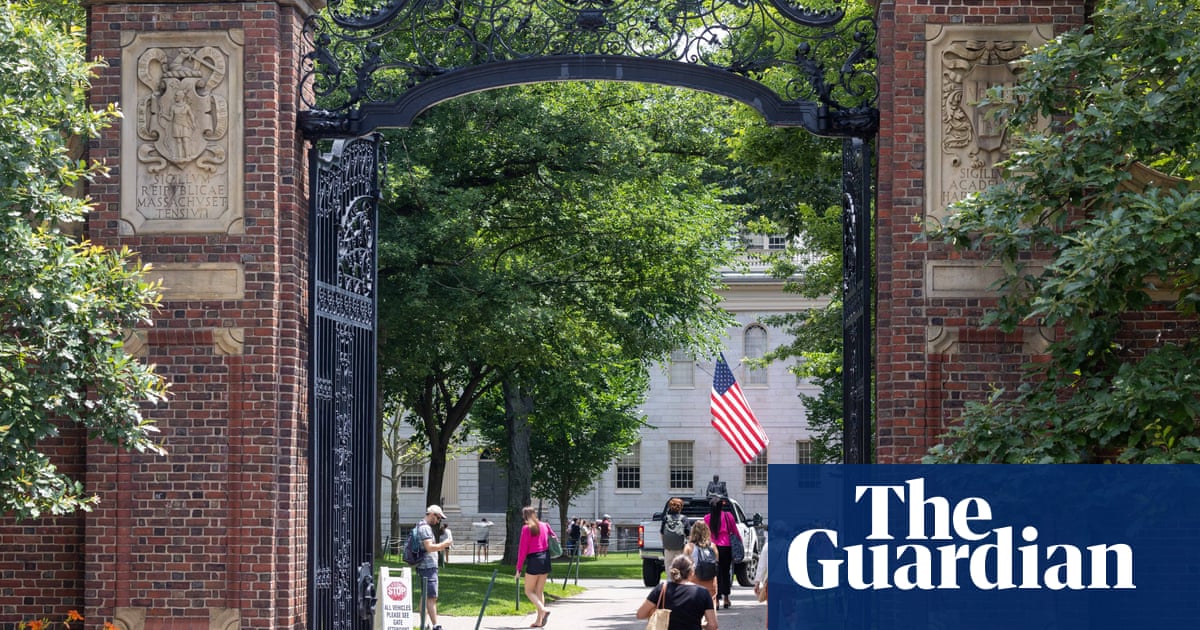By Will Dunham
WASHINGTON (Reuters) -Astronomers have observed a galaxy dating to an earlier epoch in the universe's history that surprisingly is shaped much like our Milky Way - a spiral structure with a straight bar of stars and gas running through its center - but far more massive, offering new insight into galactic formation.
The distant galaxy, called J0107a, was observed as it appeared 11.1 billion years ago, when the universe was about a fifth of its current age. The researchers used data from the Chile-based Atacama Large Millimeter/submillimeter Array (ALMA) and NASA's James Webb Space Telescope to study the galaxy.
They determined that the galaxy's mass, including its stars and gas, was more than 10 times greater than that of the Milky Way, and it was forming stars at an annual rate approximately 300 times greater. J0107a was more compact than the Milky Way, however.
"The galaxy is a monster galaxy with a high star formation rate and plenty of gas, much more than present-day galaxies," said astronomer Shuo Huang of the National Astronomical Observatory of Japan, lead author of the study published this week in the journal Nature.
"This discovery," said study co-author Toshiki Saito, an astronomer at Shizuoka University in Japan, "raises the important question: How did such a massive galaxy form in such an early universe?"
While a few galaxies that are undergoing star formation at a similar rate to J0107a exist in today's universe, almost all of them are ones that are in the process of a galactic merger or collision. There was no sign of such circumstances involving this galaxy.
J0107a and the Milky Way have some commonalities.
"They are similarly huge and possess a similar barred structure. However, the Milky Way had plenty of time to form its huge structures, while J0107a didn't," Saito said.
In the first few billion years after the Big Bang event 13.8 billion years ago that initiated the universe, galaxies were turbulent entities and were much richer in gas than those existing currently - factors that fostered extreme bursts of star formation. While galaxies with highly organized structures like the barred spiral shape of the Milky Way are common now, that was not the case 11.1 billion years ago.
"Compared to other monster galaxies in the distant universe (dating to an earlier cosmic epoch) whose shapes are usually disturbed or irregular, it is unexpected that J0107a looks very similar to present-day spiral galaxies," Huang said.
"Theories about the formation of present-day galactic structures may need to be revised," Huang added.
The Webb telescope, as it peers across vast distances back to the early universe, has found that galaxies with a spiral shape appeared much earlier than previously known. J0107a is now one of the earliest-known examples of a barred spiral galaxy.
About two thirds of spiral galaxies observed in the universe today possess a bar structure. The bar is thought to serve as a form of stellar nursery, bringing gas inward from the galaxy's spiral arms. Some of the gas forms what are called molecular clouds. Gravity causes the contraction of these clouds, with small centers taking shape that heat up and become new stars.
The bar that is part of J0107a measures about 50,000 light years in length, Huang said. A light-year is the distance light travels in a year, 5.9 trillion miles (9.5 trillion km).
The Webb telescope "has been studying the morphology of early massive galaxies intensely recently. However, their dynamics are still poorly understood," Saito said.
(Reporting by Will Dunham, Editing by Rosalba O'Brien)

 German (DE)
German (DE)  English (US)
English (US)  Spanish (ES)
Spanish (ES)  French (FR)
French (FR)  Hindi (IN)
Hindi (IN)  Italian (IT)
Italian (IT)  Russian (RU)
Russian (RU)  10 hours ago
10 hours ago
























Comments